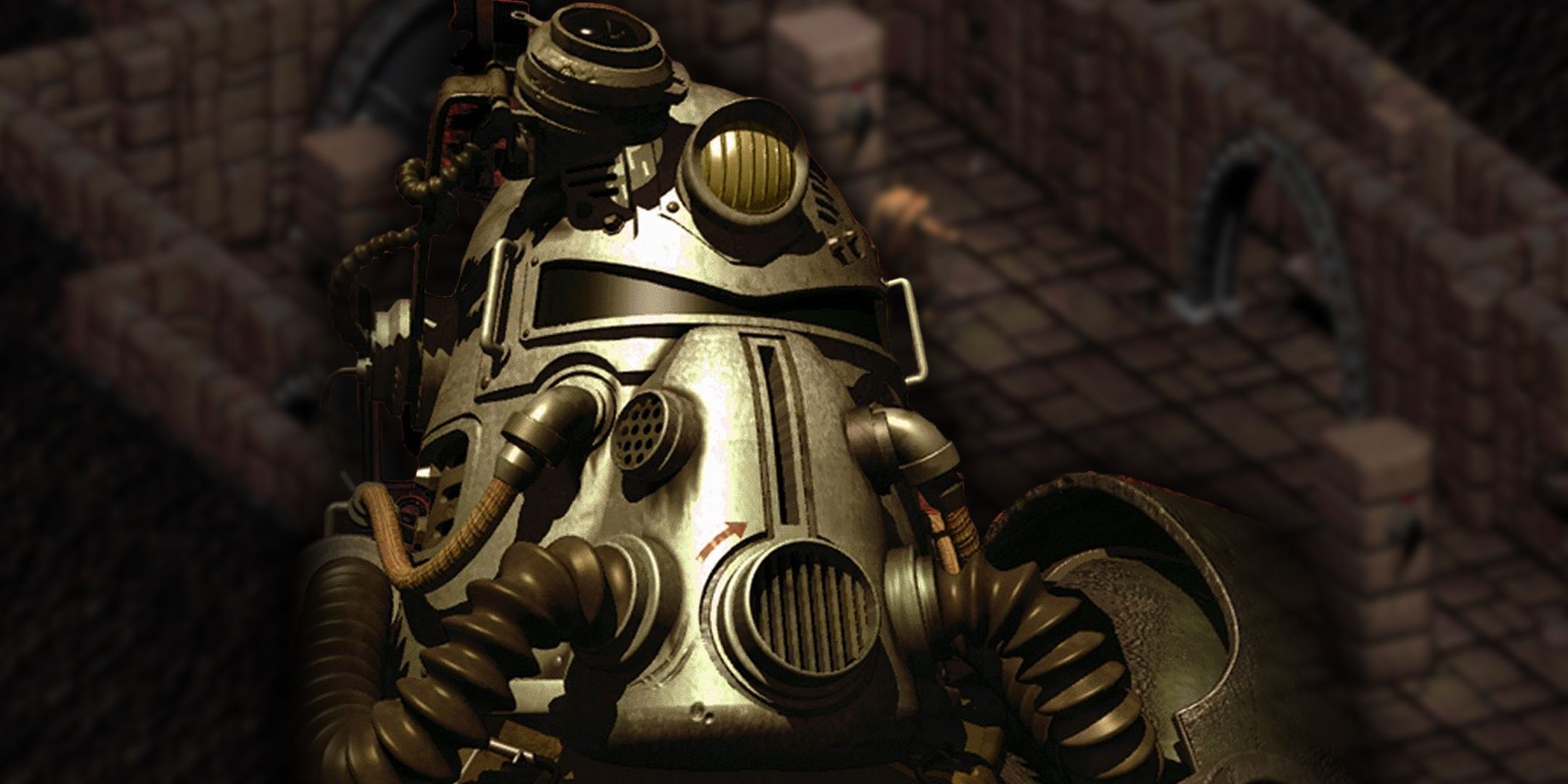I Don’t Want The Rumored Fallout 3 Remaster To Change Its Most Controversial Feature

Time has been equal parts kind and unkind to Fallout 3, but if a rumored remaster does turn out to be real, there’s one odd element of the original that I’d prefer to keep in place. As Fallout‘s pivot from its isometric roots to a first-person Bethesda RPG, Fallout 3 has always won plenty of fans while alienating others. Subsequent games may have exacerbated that divide further, with Fallout: New Vegas gaining more and more acclaim over the years, while Fallout 4‘s shortcomings have increased nostalgia for all of its predecessors.
As my introduction to the series, Fallout 3 will always hold a special place in my heart. While its storytelling might not always hit as hard as the writing in Black Isle and Obsidian games, stepping out of the vault for the first time was a moment like nothing I had experienced before. I’m not opposed to revisiting a remastered or remade version of the experience, especially considering how many problems Fallout 3 tends to have with modern PCs, but I’m a little conservative when it comes to overhauling the look of the game.
A Fallout 3 Remaster Shouldn’t Get Rid Of The Green Tint
It’s Easy Being Green
Fallout 3‘s green tint has received no shortage of abuse over the years. While tones ranging from khaki to olive were common in the Xbox 360 and PS3 era, the unsubtle art of skewing a color grade toward a single drab hue has lost its shine in subsequent generations. Despite all claims to the contrary, the tendency to rob games of vivid colors as an inexplicable gesture at realism persists, but it now manifests more in the form of an indifferent grayness accompanied by an odd fear of particularly dark shadows.

Related
Fallout Rejected Its Creator’s Original Ending, But Fallout 3 Did It Better
This idea from the creator of the series didn’t make sense for the ending of Fallout 1, but Fallout 3 pulled it off in a much better way.
I’m perfectly willing to concede that Fallout 3‘s greenness is a touch overdone, and virtually every location in the game looks more like a dollar bill than a multicolored environment. I’ve never been convinced by any of the mods that do away with the tint, however. Restoring a blue sky doesn’t grant the game a sudden burst of artistic clarity; it just makes it look more like everything else. For better or worse, the green tint is a big part of its visual identity.
Fallout 3’s Green Tint Serves An Important Role
Painting The Wasteland With A Broad Stroke
On some level, Fallout 3‘s tint is a fairly crude misapprehension of what Fallout‘s take on a post-nuclear wasteland should be, which can be said for a lot of Bethesda’s approach to the franchise. The first couple of games didn’t lack bursts of color, and it didn’t do any harm to their sense of atmosphere or desolation. They did, however, have a consistent visual texture, and the browns and oranges of dirt and rust define the overall palette.
Looking down at the environment of Fallout 1 and 2, you’re never seeing the sky, just a patched-together world that’s almost swallowed by its barrenness.
Taking things to a first-person perspective changed how the environment was defined on-screen, and the green tint does manage a shoddy but important patch job. Looking down at the environment of Fallout 1 and 2, you’re never seeing the sky, just a patched-together world that’s almost swallowed by its barrenness. With the tint, Fallout 3 gets that sensibility across. Without it, it really doesn’t. The orange tint of New Vegas is a slightly more refined approach, but Fallout 3‘s choice of color arguably suits it better than the shades of the Mojave would.

Related
Even Without A Sequel, Fallout: New Vegas Fans Now Have A Lot To Look Forward To
While players might not be getting a sequel for Fallout: New Vegas, the future is looking quite bright for fans of the game and Obsidian.
I’m sure there’s a sophisticated approach that could rid Fallout 3 of the green while maintaining its texture, but I’m not convinced that it would come out of Bethesda. Fallout 4‘s vibrancy embraces the possibilities of the franchise’s 1950s inspiration, but the atmosphere it sets isn’t as strong. Over at Obsidian, the vivid Avowed and Outer Worlds 2 have improved on the awkward garishness of the first Outer Worlds, so I’d like to hope that Bethesda could refine things in a similar way.
A Fallout 3 Remaster Could Lose Its Visual Identity
Realism Still Needs Art Direction
Leaked images of the upcoming Oblivion remaster, however, have done little to reassure me. Developed in Unreal Engine 5 and handled by external developer Virtuos, the new take on Cyrodil looks like, well, nothing in particular. The endless bloom and pasty potato faces of Oblivion absolutely needed an overhaul, but the one they’re getting doesn’t look like it’s preserving much of the unique dreaminess that made up for the game’s visual shortcomings. While it still doesn’t look worse than the original in a technical sense, it could look so much more interesting than it does.

Related
After Seeing Oblivion Remaster’s Leak, I’m Convinced The Game Has Already Made A Major Mistake
It looks like the Oblivion remaster is very real after screenshots have leaked. Unfortunately, they are missing a key element of the original game.
Beyond the tint itself, that fate is ultimately my main fear with a Fallout 3 remaster. Whatever style the game might employ, the last thing I want is for it to look vaguely like everything else. Realism doesn’t necessitate a lack of distinct visual identity — look at Indiana Jones and the Great Circle, for example, which apes the warm hues and exaggerated light shafts of ’80s Spielberg. Among a barrage of Unreal Engine 5 releases bursting with detail, unique textural character matters more than ever.
There’s certainly room for improvement with the implementation of the green tint, but I’d like to see a Fallout 3 remaster focus on workshopping those possibilities rather than scrapping it altogether. Toning down its presence a bit while finding distinct ways to diversify the game’s appearance could open up plenty of exciting avenues. Pops of color can occasionally be striking in Fallout 3 — even on the Steam page gallery, there’s something especially striking about the vivid red of a battered stop sign among the desolation — and a Fallout 3 remaster could lean into those moments of contrast.
A Fallout remaster abandoning its viridescent roots wouldn’t be the end of the world, and if it does follow Oblivion‘s example of pivoting to Unreal Engine 5, I might be happier playing the original than employing aggressive scaling solutions to manage acceptable frame rates anyway. I’m ultimately just a bit exhausted by the sea of remasters and remakes that abandon unique visual aspects of their source games to pursue a fairly blank take on fidelity. Fallout 3‘s green tint is crude and pervasive, but those very qualities give it a sense of personality that remains memorable today.
Source: Steam









